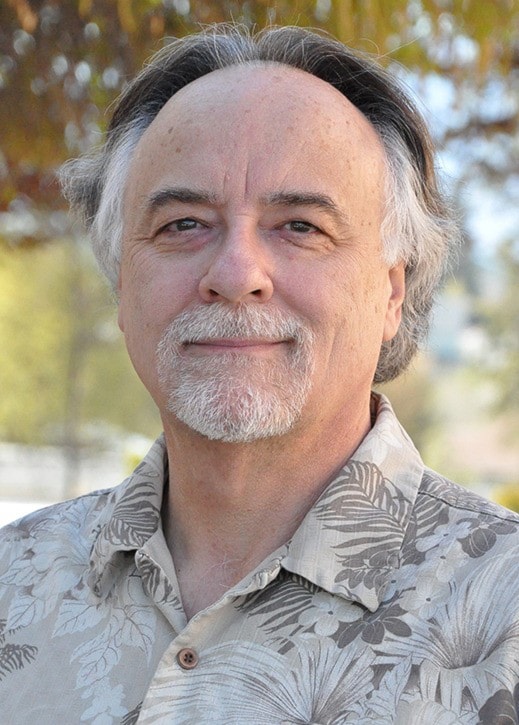I have been reading books and articles, and watching movies and documentaries, about the Camino de Santiago de Compostela for about 20 years, I suppose. Long enough that I have no recollection about what piqued my interest in the first place. We have friends who have walked all or portions, some more than one time, and more who plan to do so.
For the unknowing, and I continue to be astonished when I come across one, “the Camino”, as it is usually called, is a pilgrimage trek that ends in the northwest coast of Spain, in the city of Compostela, where legend has it the relics of St. James are stored. For more than 1100 years, pilgrims have walked routes from the north, east and south along varying Ways of St. James to find spiritual, uh, well best to stop right there for the moment.
Health permitting, I plan to make the most traditional trip, from the French town of St.-Jean–Pied-de-Port, walking the 800 kms on my own.
Earlier, I hesitated to describe more about why people make these arduous journeys. In the Middle Ages, pilgrims often did so out of necessity, having been assigned one as punishment for serious crimes. Most commonly, those walks of atonement took the penitents to Canterbury, Cologne, Rome or Compostela.
As centuries passed, pilgrimages fell largely out of favour, in part because of the Black Plague, but also because the Reformation changed the role churches played in society. Political unrest took its toll, too. Remarkably, by the 1980s, only a few hundred pilgrims were arriving in Campostela annually.
The dramatic upsurge in pilgrim “tourism” surely cannot be explained by an increased role of the Catholic Church. It becomes clear in our research that modern-day pilgrims walk the Camino for as many reasons as one can imagine.
Religious reasons are not nearly as prevalent as they were in the past, and they won’t be mine, so I was surprised when I started into a book by a woman who is a much-published author and a “sister” in the Servite Order, which is one of the original five Catholic mendicant orders.
In the first few pages of Joyce Rupp’s book I had trepidations about the religious aspects. We were married in the Catholic Church and our sons were baptized in it, but I feel no connection to it, or any religion for that matter.
Within minutes I was drawn into Rupp’s writing, which is thoughtful, spiritual and deeply personal. Walk in a Relaxed Manner tells of her Camino journey, taken after she turned 60, in the company of her closest friend, a 69-year-old priest. By no means a day-to-day account of their 37-day odyssey in 2002, Rupp’s book is unique in its detailing of the many and varied aspects of modern day foot travel along a centuries old path. She writes of joys and frustrations, challenges and delights, friendships and failures, all the while providing a subtle encouragement to readers to look more deeply into themselves as they move through their lives.
Last month we were visited by a friend from Calgary who is herself preparing for a walk along the Camino in September. Patti (who also loaned us the Rupp book) brought along a couple of Camino videos, including Six Ways to Santiago and Phil’s Camino. The former documents the stories of six different pilgrims, including a slow-walking middle-aged woman, Annie, who is herself a filmmaker. The latter, Phil’s Camino is her work, a deeply touching story of a Seattle man who, having beaten cancer once, learns he has Stage IV cancer. While he is undergoing weekly chemo treatments, Phil Volker, creates a path around his 10-acre wooded property, preparing for what he hopes will fulfill his dream of walking the Camino.
Volker, an immensely likeable guy, worked with his medical team to create a six-week window between treatments to fly to Europe and undertake the Camino with a friend. He succeeded, thanks in large part to his preparation, the walks on his property on the path he called his own Camino.
“You create your own Camino,” he said in the doc, a phrase that instantly burned itself into my memory bank. We can do that, I said to Angela when we talked about it later. It doesn’t even have to be the same path each—we can do our usual walks and hikes around the Valley (which I look forward to resuming once I heal from hernia surgery) and track them as though we were on any pilgrimage route we wish. Heck, we could even undertake a virtual pilgrimage from Canterbury to Rome, which takes about three months if you do the actual walk.
Knowing why I have a fascination with the Camino is less important to me than knowing I do have a fascination with it. The why will come in time, or maybe it won’t. I have written in the past about cleaning up our environmental practices in hopes of easing man-made climate change. If it doesn’t make a difference at least we get cleaner air and water. If I walk the Camino and don’t experience a spiritual transformation, at least I will have taken an 800 km walk.
